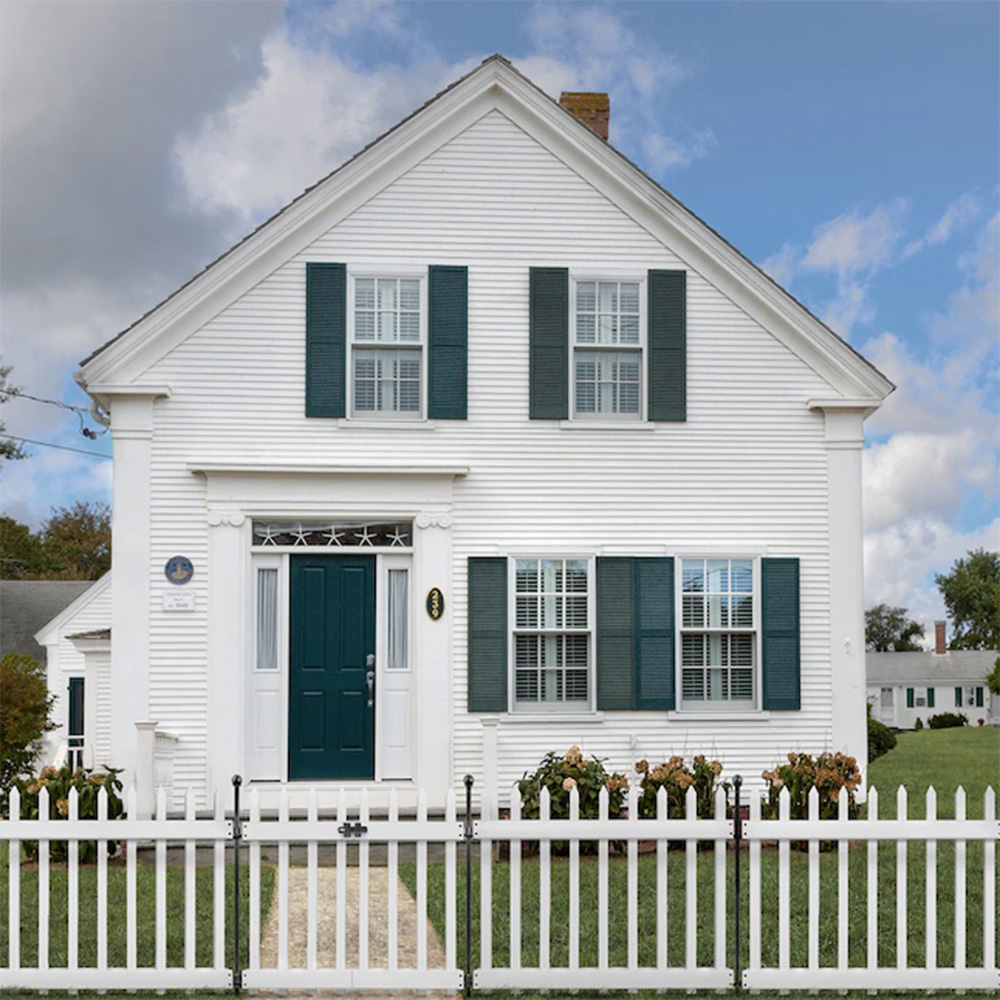Exploring the Benefits and Applications of Galvanized U Channels in Construction and Engineering
Août . 14, 2024 19:45
Understanding Galvanized U Channel Applications and Benefits
Galvanized U channels, also known simply as U channels or C channels, are a popular choice in construction, manufacturing, and various industrial applications. Their unique shape and properties make them a versatile option for numerous structural and non-structural uses. This article explores the characteristics, benefits, and applications of galvanized U channels, providing insights into why they are an essential component in modern engineering and construction.
What is a Galvanized U Channel?
A galvanized U channel is a type of metal channel that is shaped like the letter U. It is formed by bending thin sheets of steel or other metals into this shape, which enhances its strength while minimizing its weight. The galvanization process involves coating the steel with a layer of zinc to protect it from corrosion. This is especially crucial for applications exposed to moisture, chemicals, or harsh environmental conditions.
The standard dimensions of galvanized U channels can vary, but they typically feature a leg length ranging from 1 to 6 inches and a thickness of 0.5 to 0.25 inches. The exact specifications can be customized according to the specific needs of a project.
Benefits of Galvanized U Channels
1. Corrosion Resistance The galvanization process is a significant benefit. The zinc coating provides a protective barrier against rust and corrosion, extending the lifespan of the material, even in settings where it is exposed to the elements.
2. Strength and Durability U channels are known for their high strength-to-weight ratio. They can bear substantial loads without bending or deforming, making them ideal for supporting structures or as components in heavy-duty equipment.
3. Ease of Fabrication Galvanized U channels can be easily cut, welded, or shaped to fit specific project requirements. This versatility makes them a popular choice among contractors and fabricators.
4. Cost-Effectiveness Although the initial cost might be higher than uncoated steel, the long-term savings due to reduced maintenance, longevity, and durability make galvanized U channels a cost-effective option for many applications.
galv u channel

5. Sustainability Galvanized steel is recyclable, and its long life cycle means fewer resources are required for replacements. This aligns well with the growing emphasis on sustainable building practices.
Applications of Galvanized U Channels
1. Construction Galvanized U channels are widely used in the construction industry as structural supports, edge rails, or frameworks for walls, roofs, and ceilings. Their strength provides essential support in both residential and commercial buildings.
2. Manufacturing In manufacturing, U channels are often used as guides, frameworks, and bases for machinery, equipment, and assembly lines. Their shape allows for easy integration into varied systems.
3. Fencing and Railing Systems The U channel’s strength and resistance to bending make it suitable for fencing and railing applications where safety and stability are critical.
4. Signage Galvanized U channels are also commonly used for supporting outdoor signage. Their corrosion resistance and durability ensure that signs remain stable and intact even in harsh weather conditions.
5. Automotive and Aerospace In the automotive and aerospace industries, galvanized U channels are used for their weight-saving properties and ability to withstand high stress, contributing to the structural integrity of vehicles and aircraft.
Conclusion
Galvanized U channels are an indispensable element in modern construction and manufacturing. Their unique characteristics, including corrosion resistance, strength, and versatility, make them suitable for a wide range of applications. As industries continue to seek materials that provide longevity and sustainability, galvanized U channels will remain a vital choice for engineers and builders alike. Their ongoing relevance in various sectors underscores their importance in the progressing landscape of structural engineering.




















